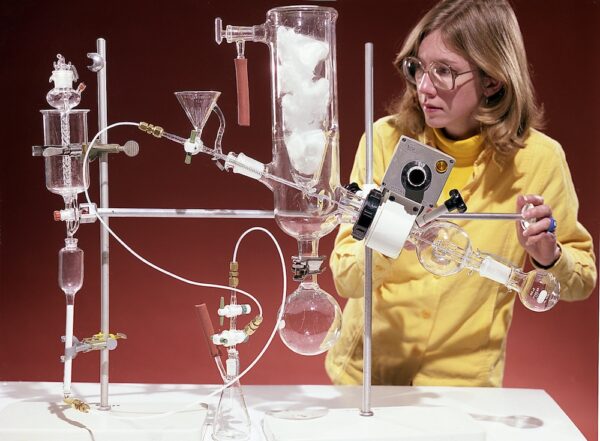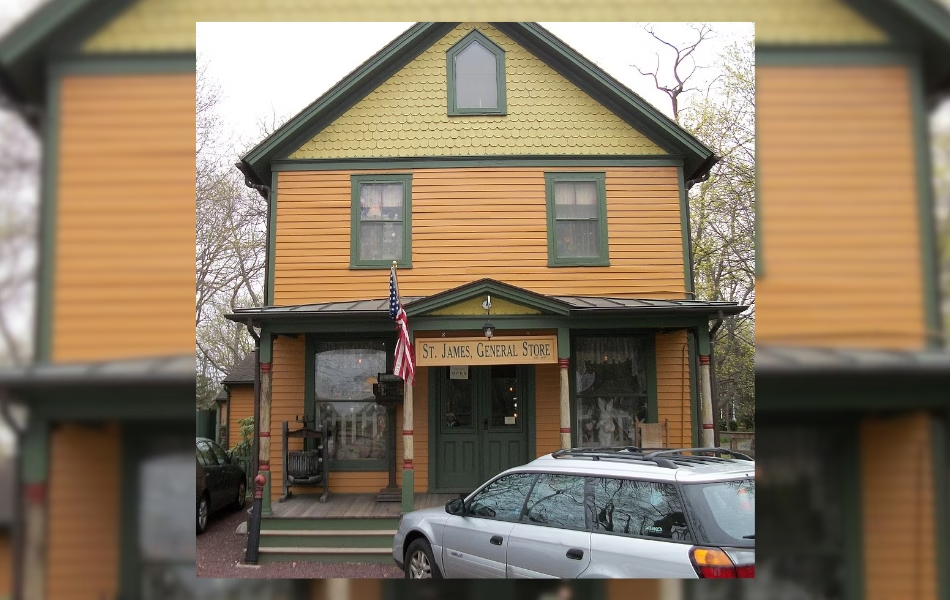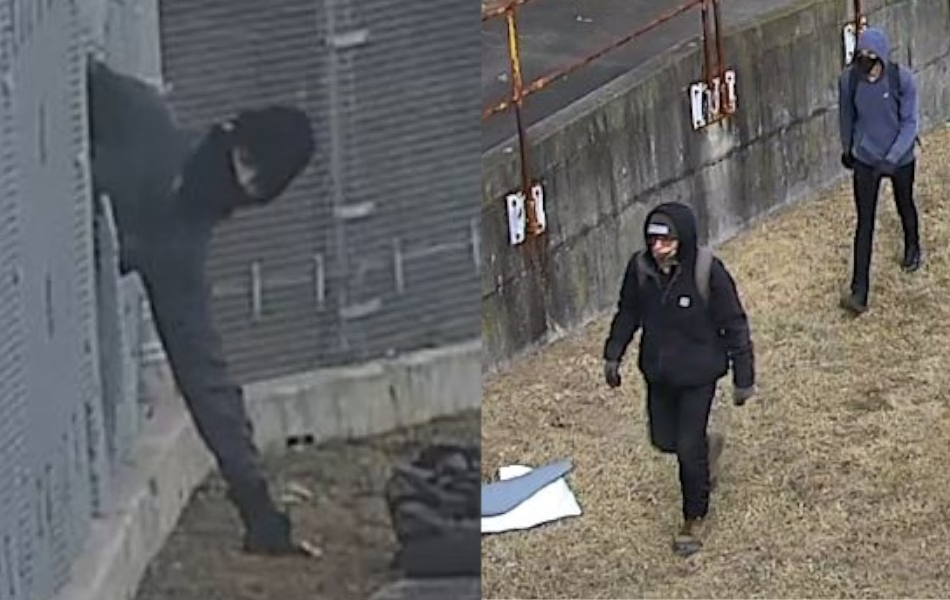In our series of historical pics that look like they were taken on a movie set but are 100% real life is a picture of a researcher showing off a piece of radioisotope equipment from 1979.
According to Brookhaven National Laboratory, chemists there have been world leaders in the synthesis of short-lived radioisotopes for nuclear medicine, supported by the U.S. Department of Energy’s Office of Science.
In 2012, the American Chemical Society officially recognized the historical significance of the synthesis of 2-deoxy-2-[18F]fluoro-D-glucose (18FDG) in 1976 by chemists in the Brookhaven National Laboratory Chemistry Department in collaboration with the National Institutes of Health and the University of Pennsylvania by designating BNL’s chemistry building as a historic research landmark. 18FDG is used to measure glucose metabolism in the living human brain.
18FDG is now the standard radiotracer used for positron emission tomography (PET) neuroimaging and cancer diagnosis, with more than 1.5 million 18FDG PET scans performed annually.
Photo: Brookhaven’s Joanna Fowler is shown here with an early 18FDG synthesis aparatus in 1979.




